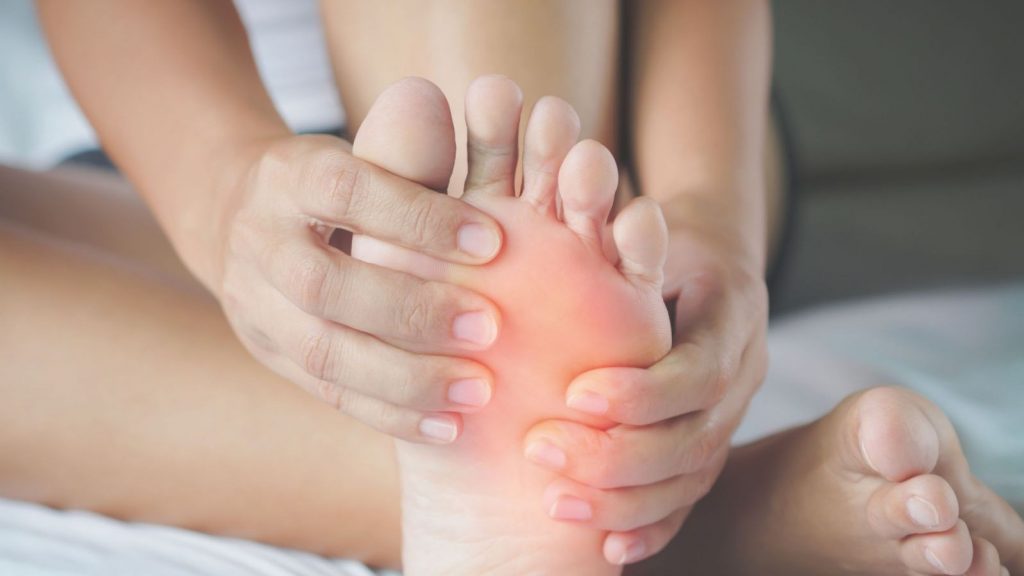FREE Shipping on Orders over $89 with Account – Create One Today!
- (844)-859-9400
- Get Help

Lymphedema is a chronic swelling condition which affects over 5 million Americans. It is caused by the abnormal accumulation of lymph fluid. While it can occur almost anywhere on the body, it most often presents in the arms and legs. This swelling can create a feeling of heaviness and discomfort, and can cause limbs and other body parts to balloon into unique shapes and sizes. Some complications associated with lymphedema are repeated episodes of infection (i.e. cellulitis) and hardening of skin/fibrosis.
Though lymphedema is a chronic and progressive condition, it can be managed by good care and by following some basic rules.
Complete Decongestive Therapy (CDT) is often called the “Gold Standard” of lymphedema management. CDT is a comprehensive treatment in two phases: the decongestive phase to reduce immediate swelling, then a lifelong maintenance phase.
It consists of:
1) Manual Lymphatic Drainage
2) Multi-Layer Compression Bandaging
3) Proper Skin and Nail Care
4) Diet and Therapeutic Exercise
5) Patient Education and Instruction for lifelong home management program, including easy-to-use compression garments or adjustable wraps
By offering high quality bandages to help reduce and manage swelling, L&R offers a comprehensive L&R USA “tool box” to support you and your patients’ success management of lymphedema. As all lymphedema patients have unique presentations, L&R USA offers multiple options for each step of multi-layer bandaging to meet their individual needs and considerations.
This stockinette layer is intended to provide a comfortable barrier between skin and bandaging layers to protect skin and absorb perspiration, natural skin oils and excess moisture.
tg® Tubular Stockinette
– Close-meshed, seamlessly knitted tubular stockinette
– Lightweight and breathable
– Conforms well to body contours
– Accommodates most shapes and sizes with the wide size range, which can stretch up to 4x’s it original width
This gauze bandage layer provides a comfortable compression of fingers and toes to manage or prevent swelling in fingers and toes, while allowing the flexibility needed to support dexterity during wear.
Mollelast® Gauze Bandage
– Comfortable, open-weave gauze bandage
– Conforms well to body contour
– Often folded in half widthwise and re-rolled for better containment
This padding layer is used for:
– Cushioning and protecting the skin and tissue
– Ensuring even distribution of pressure from compression bandages
– Helping prevent constrictions and pressure spots
– Supporting limb to restore a cylindrical shape and provide smooth surface for bandaging application
We have two unique options for this padding layers:
Cellona® Synthetic Padding
– Woven synthetic padding that softly cushions
– High degree of conformability around body contours
– Self-adhesion make it easy to apply and helps prevent slippage
Rosidal® soft Foam Padding
– Thin, open-cell foam padding to help address fibrotic tissue
– Durable, tear-resistant
– Can be reused (machine wash and dryable up to 50 times)
– Interlocking open pores help keep the bandage in place.
– Provides added compression and a nice contour when pulled slightly
This short stretch bandaging layer is the most important and final step of the mult-layer bandaging process. The short stretch bandages deliver a high working and low resting pressure to:
– Support calf muscle movement during the day with high activity
– Comfortable and effective with high contain of the swelling during activity, while reducing the recoil when at rest, making it comfortable for patients to wear both day and night
Rosidal® K
– Skin-friendly, 100% cotton material content
– Can be reused (machine wash and dryable up to 50 times)
– Can be worn both day and night.
– Helps prevent the bandage layers from slipping during periods of wear with textile structure
… and fixate the bandaging with tape.
As you can see in the patient case example Before and After pictures below, using our compression bandaging products during the intensive phase of CDT has dramatically great results, which include:
– Decreases swelling
– Improves lymph fluid drainage from congested areas
– Reduces skin fibrosis and improves skin condition
– Enhances patient’s functional status
– Relieves discomfort
– Improves quality of life
